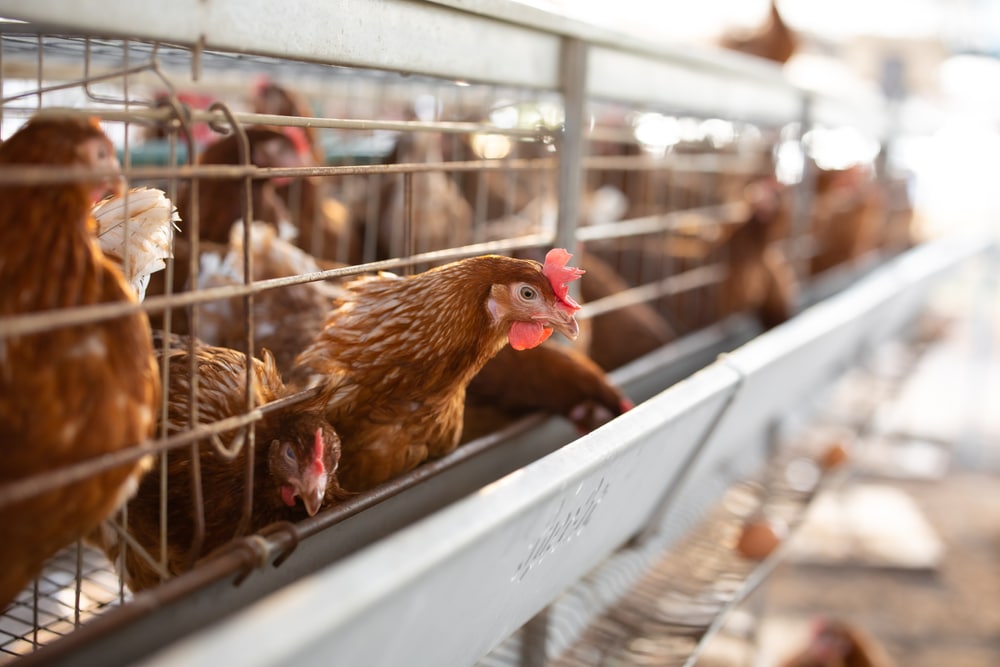In 2016, two Japanese reproductive biologists, Katsuhiko Hayashi and Mitinori Saitou, made an announcement in the journal Nature that read like a science-fiction novel. The researchers had taken skin cells from the tip of a mouse’s tail, reprogrammed them into stem cells, and then turned those stem cells into egg cells.
According to the New Yorker, The eggs, once fertilized, were transferred to the uteruses of female mice, who gave birth to ten pups; some of the pups went on to have babies of their own. Gametes are the cells, such as eggs and sperm, that are essential for sexual reproduction.
With their experiment, Hayashi and Saitou provided the first proof that what’s known as in-vitro gametogenesis, or I.V.G.—the production of gametes outside the body, beginning with nonreproductive cells—was possible in mammals. The mice that had descended from the lab-made egg cells were described as “grossly normal.”
The Japanese experiment may change the science of human reproduction. The first successful in-vitro fertilization, in 1978, made it possible to conceive an embryo outside the body.
Today, approximately two percent of all babies in the United States are conceived in a lab, through I.V.F.—last year, analysts valued the global I.V.F. market at more than twenty-three billion dollars. Egg cells have become commodities that are harvested, bought, donated, and preserved.
But egg cells, some of the most complex cells in the body, and large enough to be visible to the naked eye, are difficult to obtain; as a woman ages, their number and quality decline.
“If ripe human eggs could be derived from a person’s skin cells, it would avoid most of the cost, almost all of the discomfort, and all of the risk of IVF,” the Stanford bioethicist Henry Greely wrote in his 2016 book, “The End of Sex and the Future of Human Reproduction,” addressing new techniques to make stem cells which had won the Nobel Prize in 2012.
He predicted that in the next twenty to forty years sex will no longer be the method by which most people make babies (“among humans with good health coverage,” he qualified).
A hundred years ago, most Americans died in their mid-fifties. Today, we can expect to live into our seventies and eighties. In the U.S., as in many other countries, women give birth for the first time at older ages than they did several decades ago, but the age at which women lose their fertility has not budged: by forty-five, a person’s chances of having a pregnancy without assisted reproductive technology are exceedingly low.
Biologists have theories, none of them conclusive, about why women have such a sharp decline in fertility at midlife, and why ovaries age at least twice as fast as the other organs in the body.
Deena Emera, an evolutionary geneticist and the author of a forthcoming book about evolution and the female body, told me that the vast majority of female mammals, including chimpanzees, maintain the ability to get pregnant for most of their lives.
Elephants, which can live up to seventy years, can conceive and give birth into their sixth decade. Human females share their long post-reproductive life span with only a few other mammals, mostly species of toothed whales. We are connected in this strange and frustrating reality with narwhals, belugas, and orcas. There’s much debate, if not a definitive answer, about why.
In the U.S., according to census data, the number of births to women under the age of twenty-five has dropped significantly since 1990; an increase in births to women over thirty-five has not compensated for the decline.
The United Nations has estimated that in 2019 nearly half the global population lived in countries with below-replacement fertility rates, which the U.N. defines as fewer than 2.1 births per woman. (In our country, population growth is also driven by immigration.)
While the over-all growth in human population is not anticipated to plateau until the mid-twenty-eighties, economists say that aging populations in countries with fewer children can affect, among other things, the continued growth of economies, the provision of health care, and the funding of pension systems. Although there are also social and environmental benefits to a decrease in the global population, many countries are recognizing that they can no longer take a passive approach to fertility issues.


















